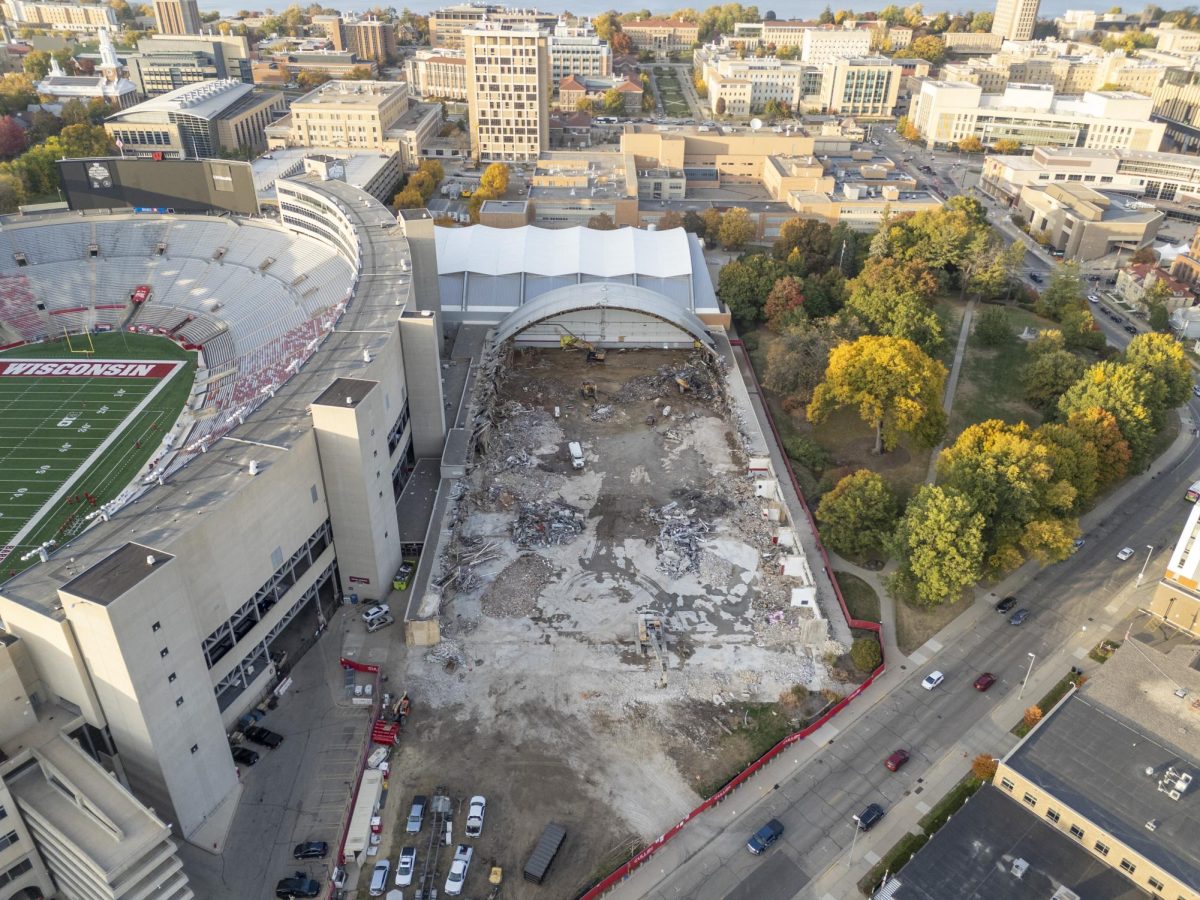After Madison Metro Transit saw the second-highest number of riders ever last year, the transit system is looking for different ways to address overcrowding on buses.
Madison Metro spokesperson Mick Rusch said the most significant increase in riders the system saw was between 2010 and 2011. City buses provided more than 14.7 million rides in 2013.
“In 2011, we had about a 9 percent increase in riders,” Rusch said. “I do not think it will ever be that big again, but I do think we will have an increase in ridership at a steady rate in the years to come.”
One of the reasons Metro usage has increased is that more young people are using the buses instead of driving, Rusch said. He said the system’s new mobile apps have been another factor in increasing ridership. Bus Radar and the University of Wisconsin app can tell users when a bus is scheduled to arrive at a stop and where it is on a map.
Ald. Scott Resnick, District 8, said he has noticed the 80 routes are especially crowded with students during the winter months.
“The busses being crowded in the winter are something that is hard to avoid,” he said. “I believe the Metro is a great service and their use of innovative technologies like the bus apps are helpful to students and make it easier to ride the bus.”
Based on ridership patterns, Rusch said Metro expects to see a steady 1 to 2 percent increase in coming years. UW students account for almost 50 percent of the riders on the Metro.
Since busses have become a growing necessity for students, the Metro has recently run into some problems with busses exceeding capacity, he said. According to Rusch, overcrowded busses are something the Metro struggles with every year.
“We do not have control over it,” Rusch said. “Drivers have to tell people to remain behind the yellow line on the bus so they are not blocking the driver’s field of vision, and so sometimes this can result in too many people on the bus and drivers are not able to pick everyone up.”
Rusch said although the overcrowding can be inconvenient for riders who are unable to get on the bus, Metro is not willing to put riders at risk, and they prefer to err on the side of caution.
To solve reoccurring problems of overcrowded busses, Rusch said Metro is hoping to establish the Regional Transit Authority, which will create a sales tax in the area to finance the transit system’s funding structure and provide some extra money. He said this system would help Metro to grow and expand in the city.
Rusch said in the future, he hopes Madison will be able to implement a Bus Rapid Transit system, which would include adding longer busses with specialized routes directly through the city. However, this would cost about $190 million, which he said seems like quite a stretch as of now.
“We are doing the best we can to accommodate everyone with the equipment we have,” he said. “Our bus garage is designed to hold 160 vehicles and we have about 214 crammed in there. Hopefully in the future we can work to develop new bus systems that are longer and can hold more people.”














